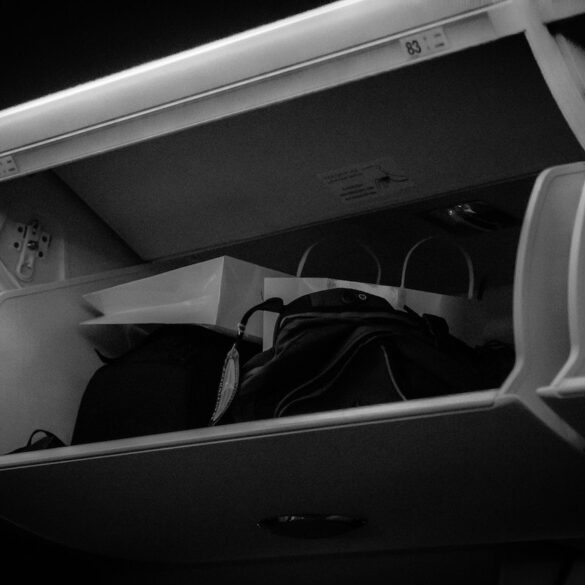A historic imperial palace located in Rome has gone through extensive restoration in the past couple of years.
Now, it has reopened its doors to visitors, almost five decades after being shut down for all.
The Power Palace sits atop the Palatine Hill in Rome and has a history spanning over 2,000 years.
In the imperial period, the Domus Tiberiana was home to various rulers and offered a panoramic view of the entire Roman Forum.
Restoration
After years of structural restoration of the Power Palace, the relevant authorities have managed to ensure that the location is safe enough for visitors to explore the rich history it holds.
During one of the excavations, experts also discovered a treasure trove of artifacts that dated back centuries.
Consequently, people were able to discover more revealing insights into the life of the Romans after the fall of the empire.
After the discovery, Alfonsina Russo, the director of the Archaeological Park of the Colosseum, took to calling Power Palace ‘quintessential’.
The director also oversees Palatine Hill and took to drawing inspiration from a Roman poet belonging to the first century on the day of the palace’s reopening.
In the words of the poet, Russo compared the grandeur of the sprawling palace to the endless expanse of the sky above.
History
The name of the Power Palace, Domus Tiberius, is often associated with the ruler, Tiberius. He had taken over the empire shortly after the death of Augustus.
However, archaeological investigations into the mansion, or Domus, have revealed that the palace’s foundation belongs to the time period of Nero.
Investigations suggest that the palace was constructed in the city shortly after it underwent a couple of catastrophic fires, which were the highlight of 64 A.D.
Due to the fires, the city suffered heavy losses and vast destruction but was able to stand back on its feet.
In addition, the English term ‘palatial’ was inspired by the imperial residence located at the top of Palatine Hill. Its opulence set the palace apart, as it was atop one of the seven notable hills of the Roman era.
The sprawling mansion is situated on the northwest slope of the hill and is believed to be the first actual imperial palace.
Along with the residence of the emperor, the complex houses places of worship, gardens, a service district for workers, and rooms for the Praetorian Guard.
Recent developments
The restoration and excavation of the Power Palace continued throughout the challenging months of the coronavirus pandemic.
At the time, tourism dwindled and gave archaeologists the time to meticulously reconstruct centuries’ worth of history in a location that had faded into darkness.
As of now, the authorities have displayed a curated collection of numerous discovered objects, allowing visitors a peek into the Domus.
The many treasures displayed at the mansion include glass and metal objects, statues, ancient coins, and various decorations.
All of these artifacts have been excavated from the palace, which sheds light on the rich history that had been forgotten for quite some time.



